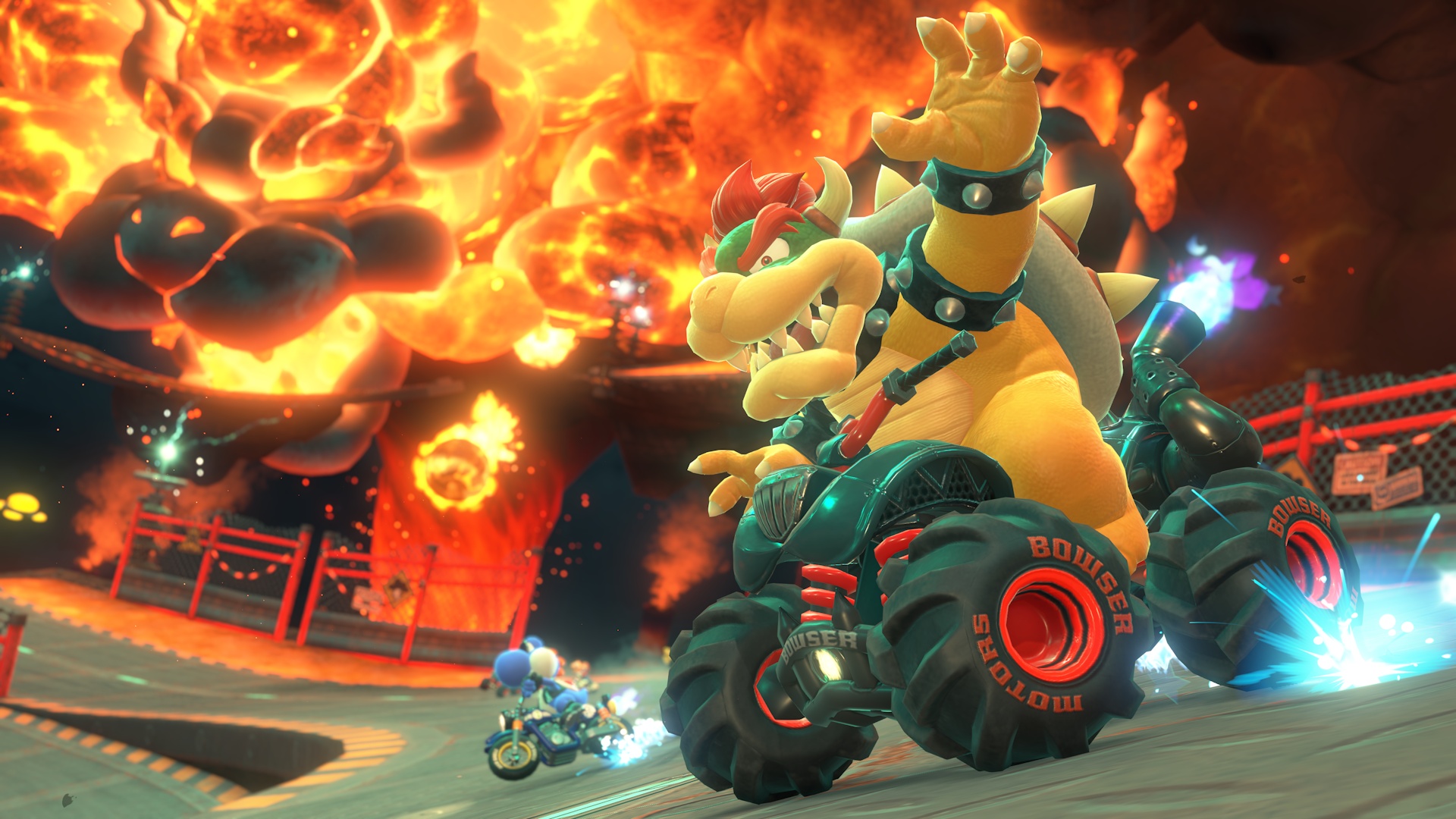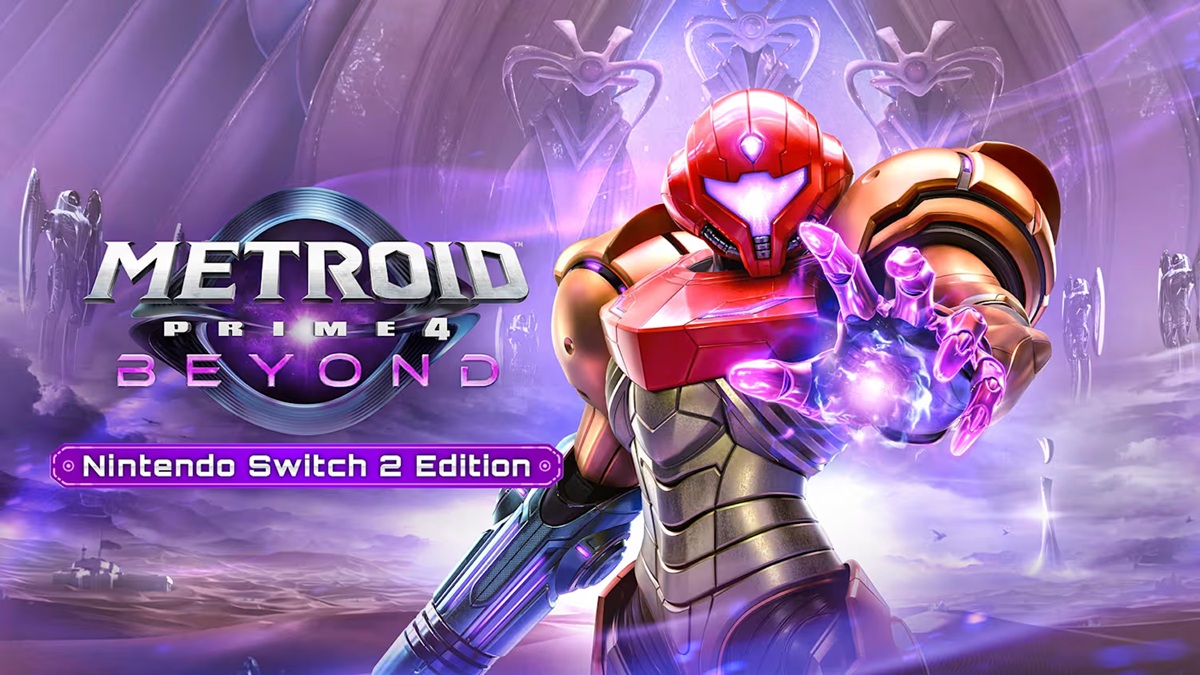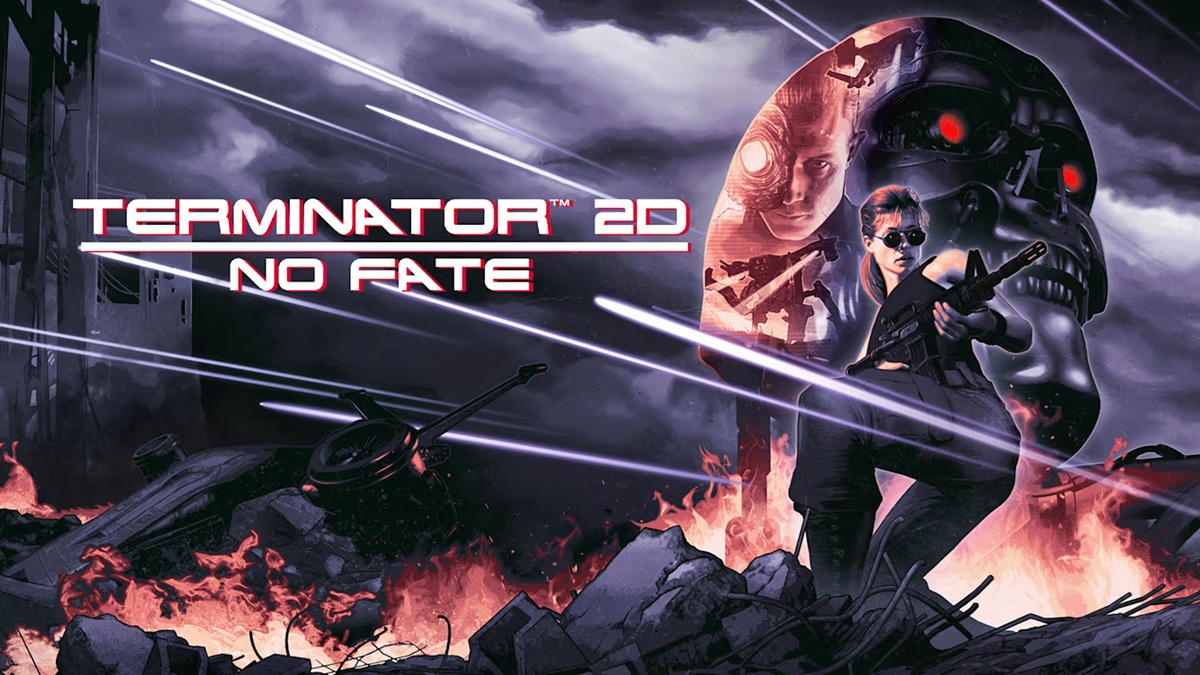As anticipation builds for the release of Donkey Kong Bananza on Nintendo Switch, industry eyes are turning to the creative minds steering the project.
In a recent feature by Rolling Stone, producer Kenta Motokura and director Kazuya Takahashi offered an exclusive window into the game's development, shedding light on the choices that shaped its distinctive characters and gameplay, especially the decision to partner Donkey Kong with the iconic character Pauline. Donkey Kong Bananza represents Nintendo’s latest expansion of its legendary platforming franchise.
Developed by a veteran team, the game is set to launch exclusively for the Nintendo Switch, leveraging the hardware's capabilities for heightened interactivity and musical integration.
With roots stretching back decades, the Donkey Kong series has garnered international acclaim and robust sales milestones, with the franchise consistently delivering innovation in both gameplay and presentation. During the interview, the developers disclosed that Pauline was not initially envisioned as Donkey Kong's partner in Bananza.
Producer Kenta Motokura explained that a turning point came when a concept artist illustrated Donkey Kong undergoing a zebra transformation.
This imaginative pivot inspired the composers to create specialized music for the transformation, leading the team to realize that the scenario could be enriched by having Pauline sing during key sequences.
Motokura described this moment as instrumental in shaping the game: “When our concept art team visualized Donkey Kong as a zebra and the composer wrote music to match, it struck us as the ideal opportunity to involve Pauline as a singer.
Requesting the composer to incorporate her character’s musicality set off a chain reaction—suddenly, many other pieces started coming together.” Unlike most of Bananza’s inhuman characters—such as the enigmatic Void Company and whimsical fractone villagers—Pauline stands out as a human who communicates directly with players.
Director Kazuya Takahashi highlighted this clarity, stating that including Pauline, who speaks in recognizable language, helps the character resonate on a more personal level, increasing player empathy and immersion.
Particularly during cutscenes and musical moments, her ability to communicate in English amplifies the emotional stakes and strengthens the narrative’s connection with the audience. Pauline’s unique, musical voice plays a strategic role in spotlighting Bananza’s most ambitious feature: its integrated soundtrack.
Motokura emphasized that music in Donkey Kong Bananza is not just an auditory backdrop but a driving gameplay mechanic.
He explained, “Music emerged as a central pillar guiding our world design and subsequent development sessions.
The linkage between music and gameplay is a recurring strength of the Donkey Kong series.” In Bananza, music can influence level progression, interact with environmental mechanisms, and even enhance Donkey Kong’s abilities—reaffirming the franchise’s legacy for innovative sound design. With Donkey Kong Bananza’s release on the horizon, these insights highlight Nintendo’s continued dedication to creative risk-taking and the importance of character-driven, music-led design on the Nintendo Switch.
As fans anticipate the next big leap for the iconic ape and his new partner, both insiders and longtime players can look forward to a game where every note and partnership is intricately composed.
In a recent feature by Rolling Stone, producer Kenta Motokura and director Kazuya Takahashi offered an exclusive window into the game's development, shedding light on the choices that shaped its distinctive characters and gameplay, especially the decision to partner Donkey Kong with the iconic character Pauline. Donkey Kong Bananza represents Nintendo’s latest expansion of its legendary platforming franchise.
Developed by a veteran team, the game is set to launch exclusively for the Nintendo Switch, leveraging the hardware's capabilities for heightened interactivity and musical integration.
With roots stretching back decades, the Donkey Kong series has garnered international acclaim and robust sales milestones, with the franchise consistently delivering innovation in both gameplay and presentation. During the interview, the developers disclosed that Pauline was not initially envisioned as Donkey Kong's partner in Bananza.
Producer Kenta Motokura explained that a turning point came when a concept artist illustrated Donkey Kong undergoing a zebra transformation.
This imaginative pivot inspired the composers to create specialized music for the transformation, leading the team to realize that the scenario could be enriched by having Pauline sing during key sequences.
Motokura described this moment as instrumental in shaping the game: “When our concept art team visualized Donkey Kong as a zebra and the composer wrote music to match, it struck us as the ideal opportunity to involve Pauline as a singer.
Requesting the composer to incorporate her character’s musicality set off a chain reaction—suddenly, many other pieces started coming together.” Unlike most of Bananza’s inhuman characters—such as the enigmatic Void Company and whimsical fractone villagers—Pauline stands out as a human who communicates directly with players.
Director Kazuya Takahashi highlighted this clarity, stating that including Pauline, who speaks in recognizable language, helps the character resonate on a more personal level, increasing player empathy and immersion.
Particularly during cutscenes and musical moments, her ability to communicate in English amplifies the emotional stakes and strengthens the narrative’s connection with the audience. Pauline’s unique, musical voice plays a strategic role in spotlighting Bananza’s most ambitious feature: its integrated soundtrack.
Motokura emphasized that music in Donkey Kong Bananza is not just an auditory backdrop but a driving gameplay mechanic.
He explained, “Music emerged as a central pillar guiding our world design and subsequent development sessions.
The linkage between music and gameplay is a recurring strength of the Donkey Kong series.” In Bananza, music can influence level progression, interact with environmental mechanisms, and even enhance Donkey Kong’s abilities—reaffirming the franchise’s legacy for innovative sound design. With Donkey Kong Bananza’s release on the horizon, these insights highlight Nintendo’s continued dedication to creative risk-taking and the importance of character-driven, music-led design on the Nintendo Switch.
As fans anticipate the next big leap for the iconic ape and his new partner, both insiders and longtime players can look forward to a game where every note and partnership is intricately composed.






